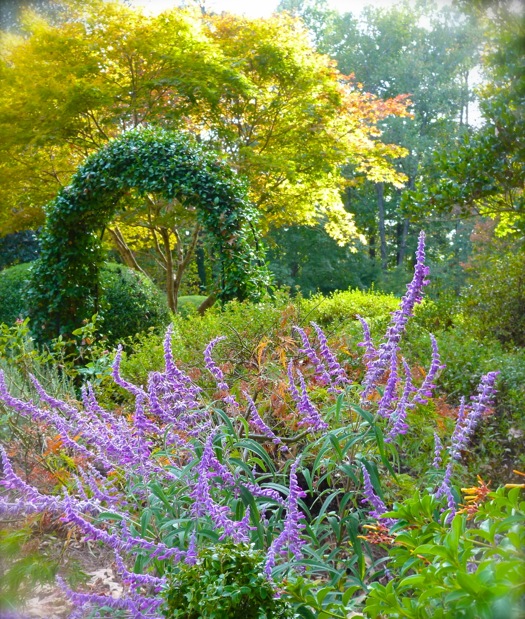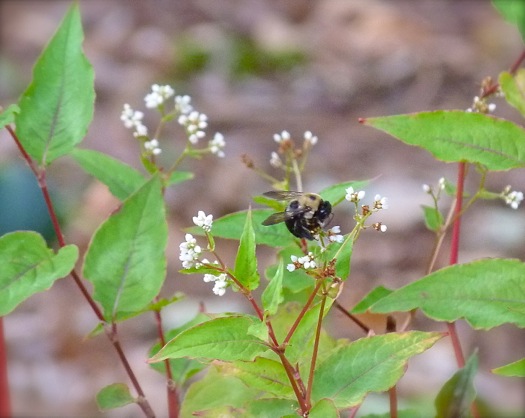Dead Bee
 Saturday, November 12, 2016 at 7:20PM
Saturday, November 12, 2016 at 7:20PM The other day I came across a carpenter bee, clinging to a marigold. The creature was completely still, even when I waved my hand over him. The temps had dropped into the upper 30's during the night, and at first I thought he was merely cold. But hours later, after the sun had warmed the garden, the bee remained, in exactly the same position.
But hours later, after the sun had warmed the garden, the bee remained, in exactly the same position. Oh, little dead bee, I thought, and suddenly a memory came bubbling up from long ago, when my oldest son was fifteen months old. Sam was a verbal baby, but he had not yet strung more than two words together.
Oh, little dead bee, I thought, and suddenly a memory came bubbling up from long ago, when my oldest son was fifteen months old. Sam was a verbal baby, but he had not yet strung more than two words together.
We were on the porch when my son reached for an insect lying on the decking. "Oh, no, Sam," I warned. "That's a dead bee."
The next day Sam pointed to a piece of black fuzz on the couch, something that had probably come off a blanket. "Hey, Mama!" he said. "He a dead bee!"
Many seasons and years have come and gone since then, and another one is turning now. I am hit by how fast they are reeling.  A recent view across the front lawnDays are definitely cooler, with highs only into the 70s. The drought continues, but I read an encouraging forecast from a weather model that predicts rain after November 15, possibly as much as 6 inches between that date and December 25. I will believe it when I see it. Meanwhile, lots of bees and other little creatures are finding warm burrows in which to hibernate. I have not seen any more dead ones.
A recent view across the front lawnDays are definitely cooler, with highs only into the 70s. The drought continues, but I read an encouraging forecast from a weather model that predicts rain after November 15, possibly as much as 6 inches between that date and December 25. I will believe it when I see it. Meanwhile, lots of bees and other little creatures are finding warm burrows in which to hibernate. I have not seen any more dead ones.
 Carpenter bees in
Carpenter bees in  creatures of the garden,
creatures of the garden,  fall garden
fall garden 










